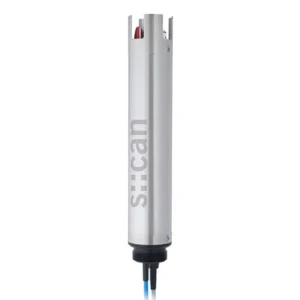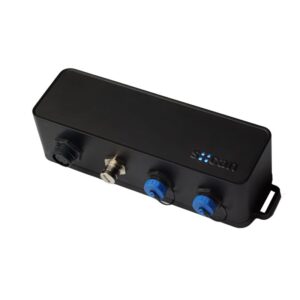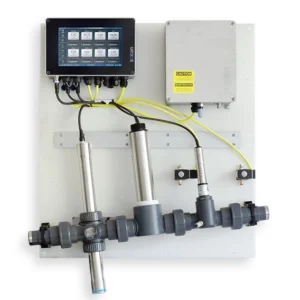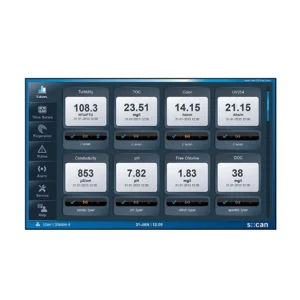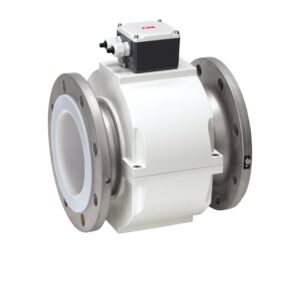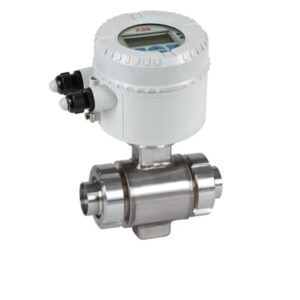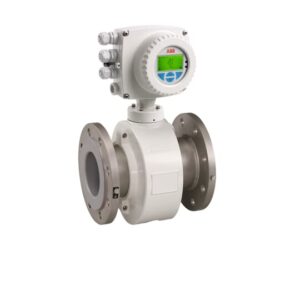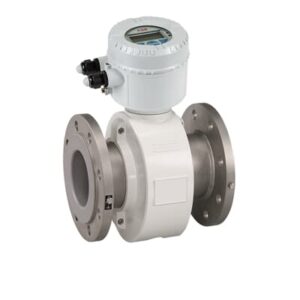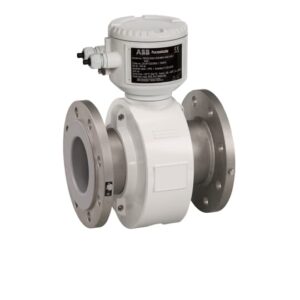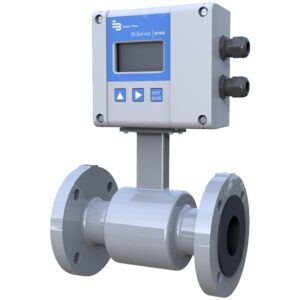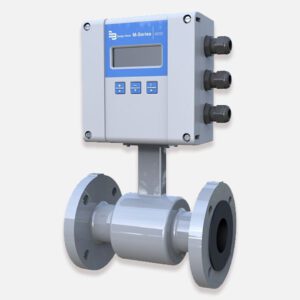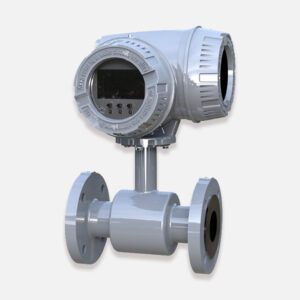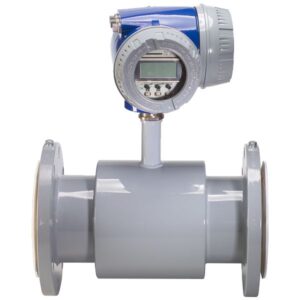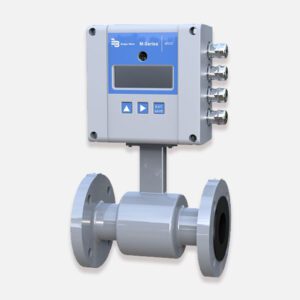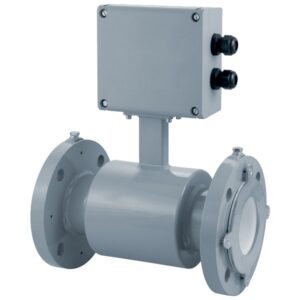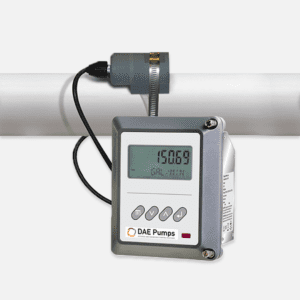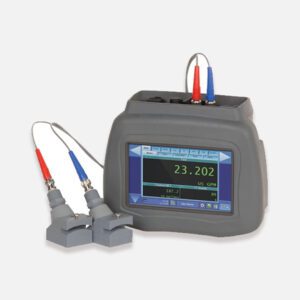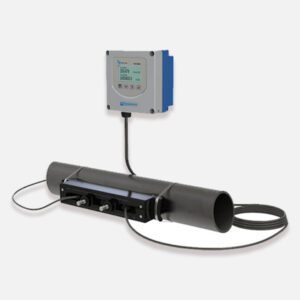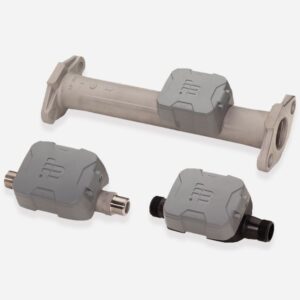Introduction:
Bengaluru, often hailed as India’s Silicon Valley, is at a critical juncture where rapid urbanization collides with the urgent need to upgrade its wastewater treatment infrastructure. As the city grapples with burgeoning population growth and expanding urban sprawl, the challenges in managing wastewater become increasingly apparent. This blog delves into the complexities of Bengaluru’s sewage crisis, examining the existing issues, proposed solutions, and the vital role wastewater treatment plays in securing the city’s water future.
A Balancing Act: Meeting Demand vs. Quality Treatment:
Bengaluru faces the formidable challenge of upgrading its wastewater treatment systems to meet the surging demand while ensuring the quality of treatment. Recent findings by WELL Labs reveal a stark reality – while the city generates approximately 2,000 million liters per day (mld) of wastewater, the Bengaluru Water Supply and Sewerage Board (BWSSB) can treat only 1,057 MLD. The treated half, however, sees a mere 32% repurposed, with only a handful of enterprises utilizing this valuable resource.
Decentralization Dilemma: Challenges in Treatment and Repurposing:
The current sewage infrastructure, overseen by the BWSSB, comprises 24 sewage treatment plants (STPs) concentrated within Bengaluru’s core and a few neighboring locales. However, decentralized STPs, operated independently, often discharge treated wastewater into lakes due to a lack of clear commercial guidelines for non-state proprietors. This untapped potential for treated water, applicable for tertiary purposes like construction and horticulture, remains largely unexplored. Fishkills, a direct consequence of poorly treated wastewater flowing into local water bodies, have become alarmingly frequent.
Outskirts and Peripheries: Expanding Challenges:
The peripheral villages annexed into Bengaluru’s jurisdiction in 2005 face a severe lack of sewage infrastructure, exacerbating stress on local rivers such as Vrishabhavathi and South Pennar. Alarming data emerges – none of the state-operated STPs in Bengaluru comply with the Central Pollution Control Board’s norms. Outdated infrastructure and malfunctioning equipment further impede the efficient functioning of critical facilities like the Koramangala Challaghatta Valley STP.
Future Prospects and Concerns: Building More STPs vs. Sustainable Solutions:
In a bid to address these challenges, the BWSSB has approved the construction of nine new STPs in the city’s outskirts and 14 more in unserved villages on the periphery, all slated for completion by 2030. However, concerns linger about their sufficiency, given Bengaluru’s exponential population growth. Dr. Veena Srinivasan of ATREE highlights the inadequacy of replicating current infrastructure at proposed sites. The solution, some argue, lies in decentralization, tailoring STPs to different areas with distinct wastewater compositions.
A Call for Collaboration and Sustainable Practices:
Bengaluru’s water crisis underscores the delicate balance between urban growth and sustainable practices. Wastewater treatment transcends recycling; it is the linchpin for the city’s future water security. With clarified guidelines, stringent oversight, and collaboration between the public and private sectors, Bengaluru has the potential to not only avert a looming water crisis but also set an example for burgeoning cities globally.
Conclusion: Paving the Way for a Cleaner, Greener Bengaluru:
Bengaluru’s sewage challenge is monumental, but the path to a solution involves infrastructure enhancement, decentralized treatment, and professional training. As the city navigates the waters of urban growth, the commitment to sustainable practices can pave the way for a cleaner, greener future. Bengaluru stands at the forefront, not just addressing its sewage problem but potentially setting a precedent for cities worldwide facing similar challenges. The journey ahead involves collaboration, innovation, and a collective commitment to balancing growth with responsible environmental stewardship.


